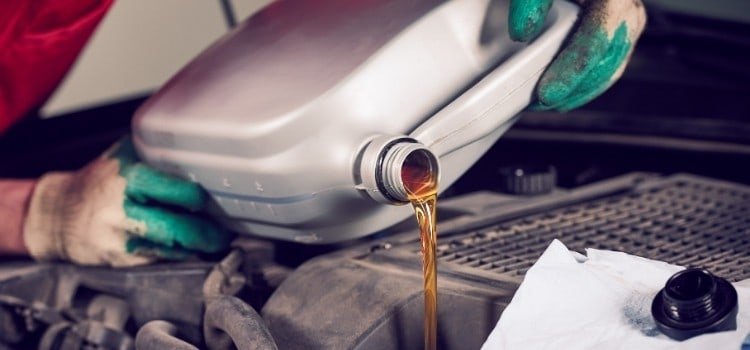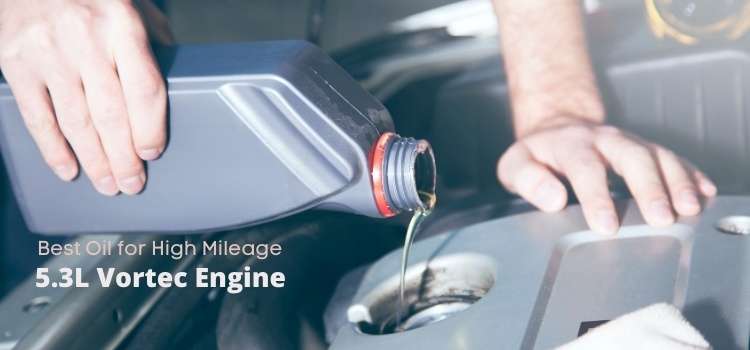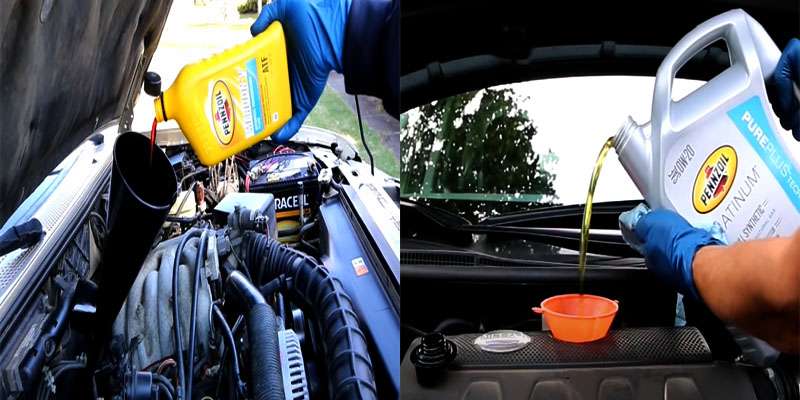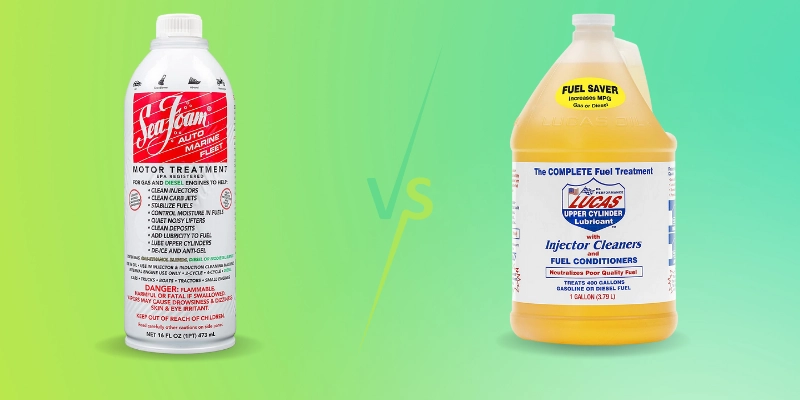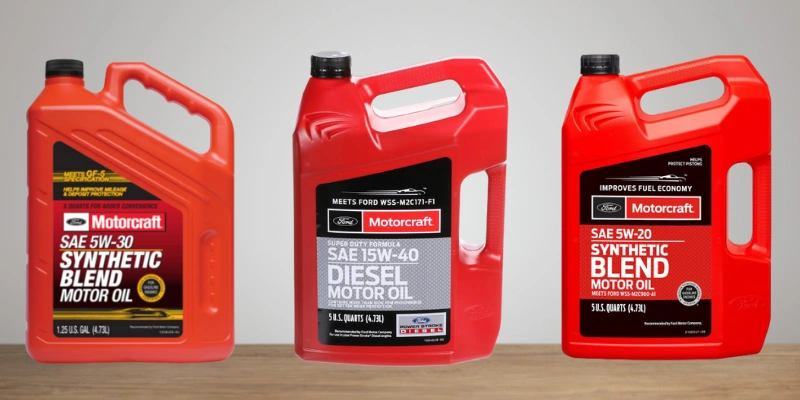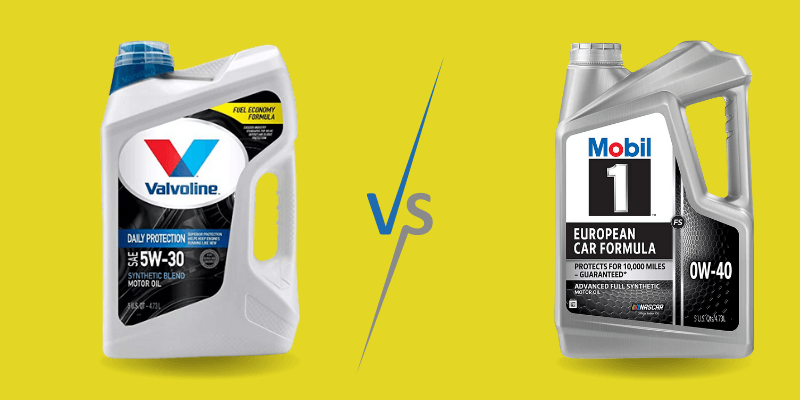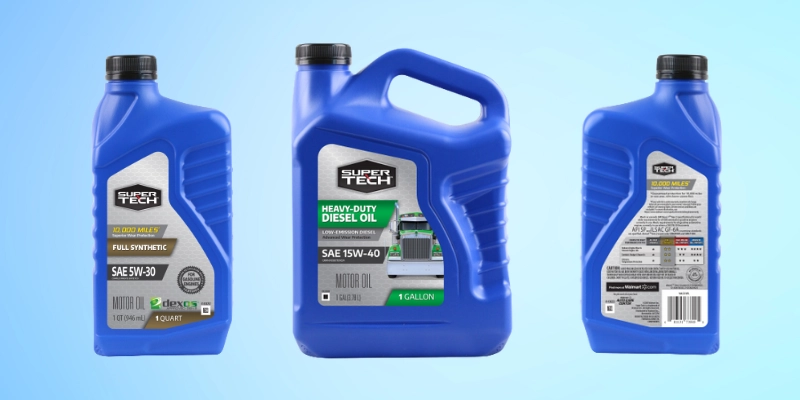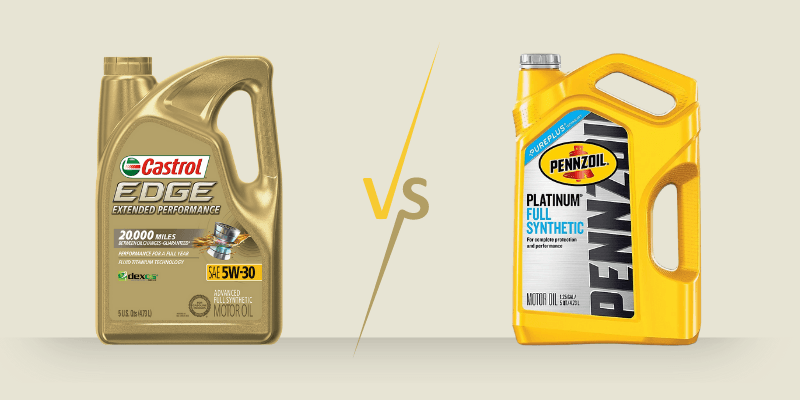The daily rigors your car goes through in getting you from point A to point B and back, including little detours, can have a toll on its health.
Does that sound strange to you? Well, it shouldn’t. Just as you need every part of your body to function properly and keep you in great shape, the same applies to your car.
Hence, it becomes imperative that you take care of your car for it to continue serving you optimally.
For you to be reading this, it means you have noticed symptoms of a faulty ball joint in your car and you need help on how to grease a sealed ball joint.
This article will explain how you can do it yourself.
What is a Ball Joint?
A ball joint is your car’s version of a human ball-and-socket joint and is located in the front suspension of your car.
Ball joints act as a central point for the linkage between the control arms of the wheels on your car and other suspension components.
They allow simultaneous movements in multiple planes along with both the horizontal and vertical; an essential attribute for 4-wheel drives, front-wheel drives, and all-wheel drives.
This allows you to steer the front end of your car and the suspension (spring and shock) enables you to drive with comfort and control.
Types of Ball Joints
There are two classes of ball joints; the load-carrying type and the follower type.
Each type of ball joint is positioned differently in car suspension systems, depending on the design of the suspension.
Despite their differences, they have one thing in common – they provide the steering system with a pivot.
Ball joints have undergone a technological upgrade to make them last longer with improved grease retention and dust boot sealing.
Previously, most ball joints were designed to be lubricated periodically and had grease fittings (also grease zerks) fitted for this purpose.
Nowadays, most ball joints are sealed, and lubricated for life and therefore require minimal maintenance.
Notwithstanding, it is recommended your ball joints are inspected at intervals, when you notice something is not right, including the suspension.
Also, a wheel alignment may be on the checklist too.
Symptoms of a Failing Ball Joint
When the ball joint or control arm bushings in your car are starting to fail, there are common tell-tale signs that you will notice. These could be;
- A clicking sound that doesn’t seem to go away when you turn your steering wheels
- A squeaking sound when you bring your car to a halt
- Thumping sounds that emanate from the suspension of your car when you drive over bumps or into potholes.
- Vibrations of the steering wheel while driving which stop at higher speeds
- The alignment of your car is off causing it to veer left or right as you drive on the road. This is also known as steering wandering.
Usually, when these symptoms present themselves and are not attended to, the sounds get louder as the ball joint continues to degrade.
The increased friction makes the ball joint groan when driving and can cause difficulty in steering your car.
Another symptom of ball joint failure is when the ball joint locks due to dry friction which results in the steering getting stuck.
This can be extremely dangerous when driving at high speeds.
Repairing a Sealed Ball Joint
Repairing a sealed ball joint doesn’t need to have you rolling in the mud and getting your clothes unnecessarily soiled.
The process becomes easier when the ball joint comes with grease fitting (or zerk fittings) installed.
Before you get started, check the condition of the rubber boots or dust boots thoroughly.
Make sure they are holding the grease lubricating the ball joints very well.
If not, replace or have it repaired immediately to prevent it from being blocked by contaminants.
With a Grease zerk
- Clean the zerk to ensure that grease can be injected into the ball joint unit.
- Attach your grease gun to the zerk and connect it to the grease machine.
- Ensure you press down on the coupler until you feel it snaps into place. Make sure the connections are tight and secured before pumping.
- Pump the grease into the ball joint unit.
Without a Grease zerk
- Make a small needle hole inside the boot of the sealed ball joint using a grease gun needle.
- Attach a needle injector tip to your grease gun and insert it into the hole.
- Pump grease into the boot until you notice it starting to come out from the hole.
You can take your car for a drive immediately to get the joint moving and the grease circulating. Now that you know what to do, you can always use this experience for future reference.
TIP: When greasing your sealed ball joint, always make sure you use the type of grease recommended by your car’s manufacturer.
FAQs
How long do sealed ball joints last?
Do sealed ball joints come pre-greased?
Should you grease-sealed ball joints?
What happens if you put excess grease into a ball joint?
Can you drive with a bad ball joint?
Final Thoughts
Ball joints are an essential part of your car’s make-up and when they start showing signs of failing, they affect your car’s smooth handling and driving.
Hence, you must carry out a maintenance check on your car.
You can do this yourself if you have the expertise or have a guide that shows you how to grease a sealed ball joint.
If you don’t, you can request a professional technician to carry out a full inspection and advise on the next course of action.
Also, they will be able to help you replace your faulty ball joints, if necessary.
Related Post:


